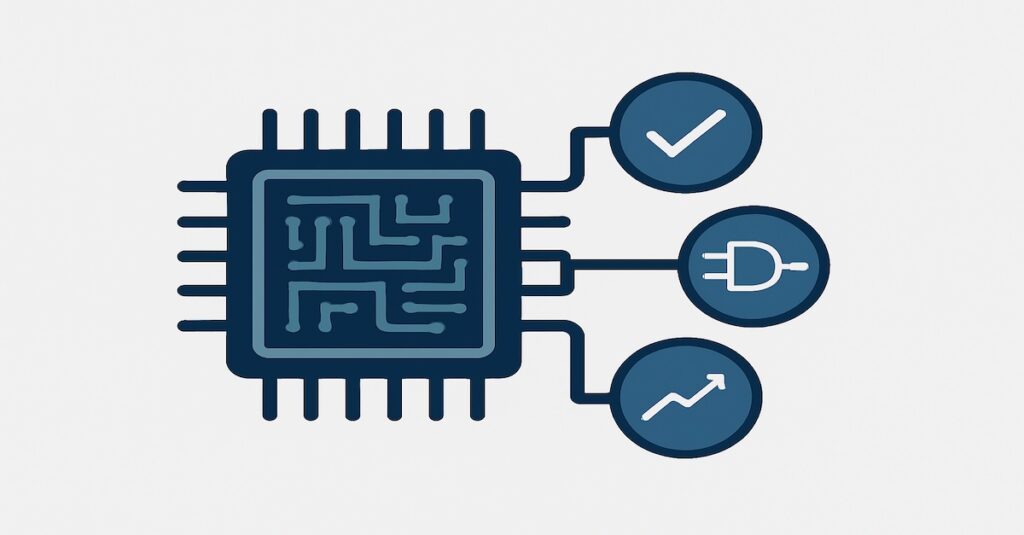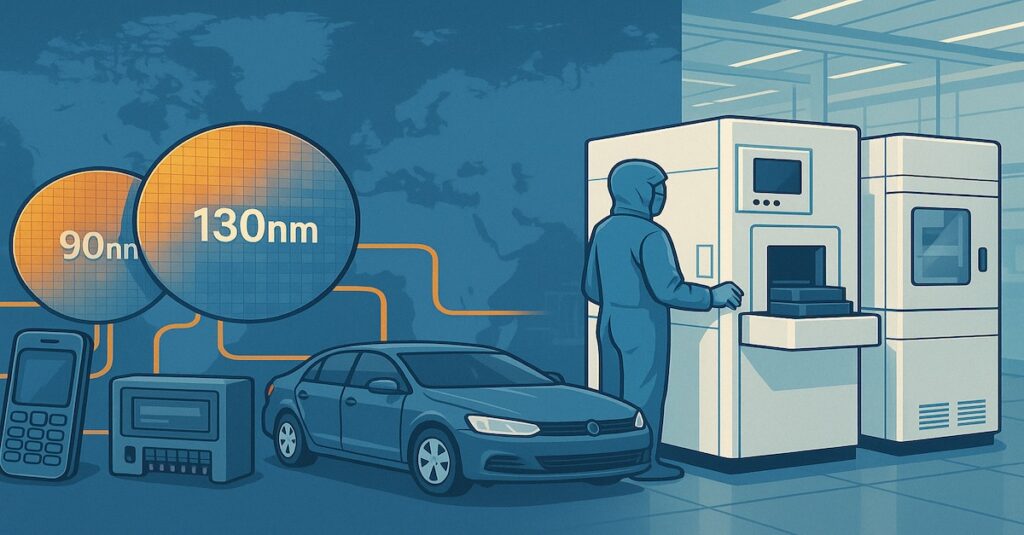Photo by Javier Miranda on Unsplash
The use of semiconductor technology in sports is becoming increasingly popular. With the help of data collected from sensors, athletes can now track their performance and improve their game. This data also allows coaches to make better decisions.
Semiconductor technology has also enabled sports fans to get closer to live action. Through virtual reality-like technology, fans can experience a game as if they were there. A mix of such and other semiconductor-driven technology has also allowed more accurate predictions and analysis of games, giving fans an even greater insight into the sport they follow.
Use-Case: Sports Industry Has Speedily Adopted Technology.
Insights: Adoption Of Technology Now Provides Better Data-Driven Insights.
For sports, semiconductor products improve performance while reducing injury risk by providing data-driven insights into how athletes can best optimize their training and game strategies. With the help of semiconductor-powered devices, sports teams can now make more informed decisions about how they train and compete.
For example, silicon-powered products in sports like football, tennis, and racing are in use. Football teams use them to track player performance and analyze data from games. Tennis players use them to measure their swing speed and accuracy. And race car drivers rely on them to monitor engine performance and optimize driving strategies. All such use cases have created a niche market for semiconductor companies.

Technology will continue to play an essential role in the world of sports. Semiconductors are at the heart of this transformation. To continue to support such a transition, companies will also have to focus on creating silicon chips geared towards enabling end-products that can bring sports and athletes closer than ever before.
Semiconductor technology has enabled a range of new applications in the sports industry, from wearables that track performance data to virtual reality experiences that allow fans to experience games from home. As this technology continues to evolve, it will open up even more business opportunities in sports and the semiconductor industry.
Performance: All This Is Possible Due To The Use Of Highly Accurate Semiconductor Devices.
Impact: Sports Technology Has Opened Up New Avenue For Semiconductor Industry.
The sports industry is a rapidly growing sector, with the global market size estimated to reach $717.4 billion by 2027. This growth is also driving the demand for semiconductor technology to cater to different types of products that can drive sports and enable global connectivity.
The market size for semiconductors in sports will grow significantly over the next few years. This growth is due to the demand for data-driven insights and analytics that help teams make better decisions on and off the field. Additionally, technological advances, such as 5G, will enable faster data transfer speeds, enhancing the semiconductor’s impact on sports. As more teams adopt these technologies, it’s clear that semiconductors will significantly impact how we experience sports in the future.






